2025 – CHW
Ross has made a good start on the fallen oak in White Styles.
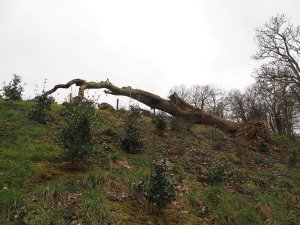
Whether we like it or not the magnolia season is here by mid-February and 6 more wet days to come in the forecast.The magnolias outside the Back Yard. What a difference in 24 and 48 hours.
2023 – CHW
The Daphne bholua ‘Jacqueline Postill’ is only now full out by the side door. Much later than in recent years.
2022 – CHW
Work carries on in clearing the old Kitchen Garden. Coming on for halfway perhaps but rain is due and Frankie may have to pull out to avoid making too much mess. The stumps are burning away nicely and the granites which once held up metal posts for the espalier pear trees have been dug up and stockpiled to prevent injury or burst tyres in the future. Ross has got quite a pile of firewood (mainly) to stockpile and dry for a few years in the field.
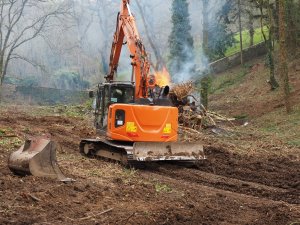
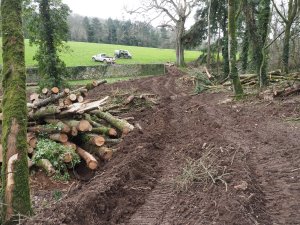
A survey of the aftermath of the Beast after a week of awful weather. The wind has moved southerly and is just as strong but not so cold.Magnolia ‘Todds Fortyniner’ has survived better than expected.
All three are Camellia lutchuensis crosses and should be grown by all camellia lovers.
The four mystery and ancient hollies which have few if any lowdown branches have shed a few twigs in the gales. This has allowed me to photograph the leaves properly. You can clearly see masses of flower bud forming.
Ilex hookeri has (as you would expect) serrated leaves so this is a nonstarter.Ilex cyrtura – the leaf size is not as Galle describes and we already think this is the real name of the semi deciduous clump at Trewithen. Galle says it is an evergreen species but then this is a US book (perhaps we need to revisit our trees in the Rookery which were identified as I. cyrtura).
Ilex corallina – the leaf shape is about right but no mention here of recessed petioles on the upper side of the leaf which our leaves have. Mention of spines on immature leaves which we do not have the chance to verify. Problem too with the reference to flowering only on second year growth.
Ilex dipyrena – these twigs could not possibly be from I. dipyrena which has a leaf form rather closer to Ilex bioritsensis with five spines (the Owen Johnson identification of two of the four veterans as this is totally wrong).
Ilex insignis, another name used for these trees in 1965, does not register at all in Galle’s book! That does not mean it does not exist I suppose but Galle maintains that this is simply a synonym for Ilex kingiana which we are pretty clear we have identified properly already.
After my hurried and rather inerudite examination I have to conclude that we are probably looking at I. forrestii (syn. corallina). These plants were Forrest introductions after all and I would rate Philip Tregunna’s original identification before those of more recent, and very differing, identifications from various subsequent experts.
I thought I had better finish off the last part of the holly puzzle.
The contention has been that the two veteran trees below Rogers Quarry are the same as two of the three by the Podocarpus salignus clump.
There are no lower branches or even branches you could reach even with long handled pruners so I am forced to rely on windblown twigs as shown here. The leaves are inevitably smaller from 60ft+ up the tree than those from the plants we looked at earlier.
However I am reasonably confident that they are the same and therefore also Ilex forrestii (syn. I. corallina). The petioles on the leaf surface look the same as do the flower buds and shape of the leaf.
To settle matters further I went to the Rookery where former tree recorders say there are three elderly trees which have, again, been given different names over the years including Ilex forrestii and I. cyrtura.There is only one veteran still alive here and one self-sown younger version. I have pictured fallen twigs from both trees. The twig from the veteran is from the crown and has huge leaves while the twig from the younger tree is from near ground level with smaller leaves with some immature leaf serrations or small spines on the leaf edges as is normal.








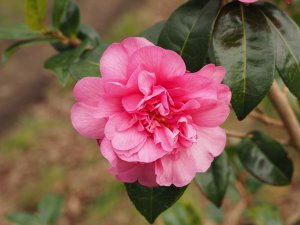

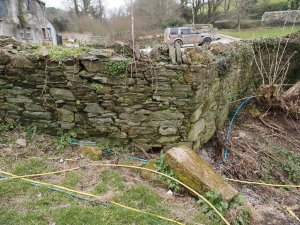
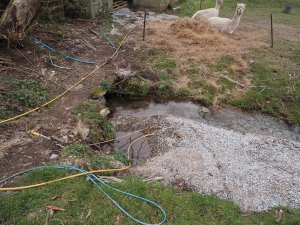
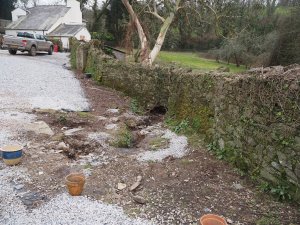
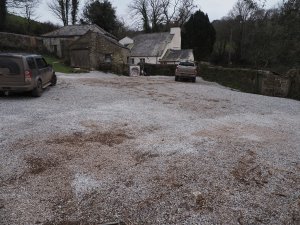
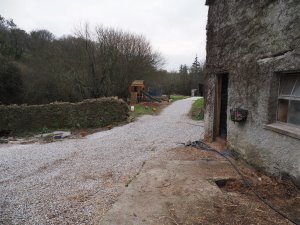
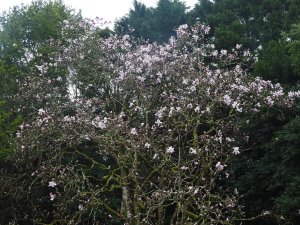
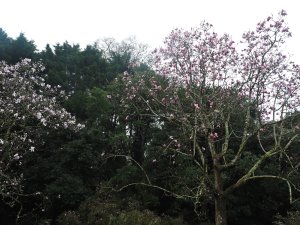
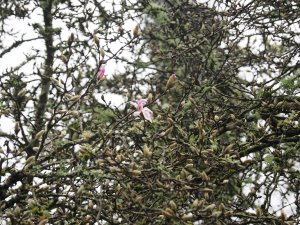
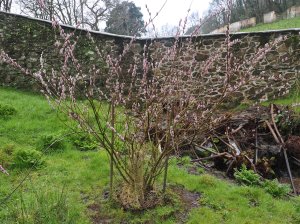

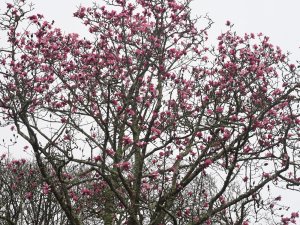
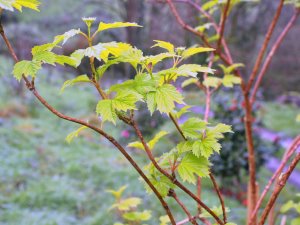
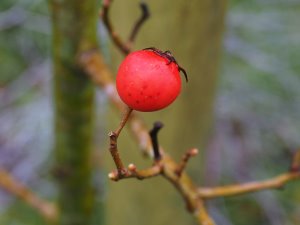
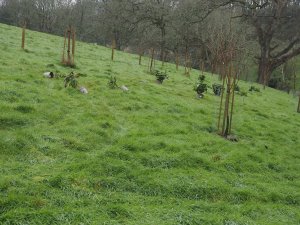
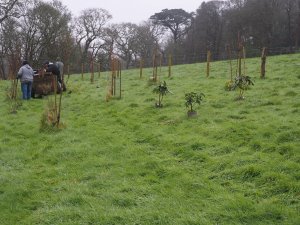
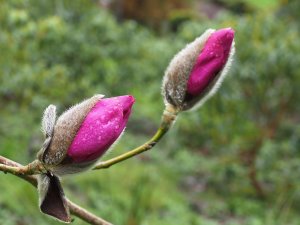
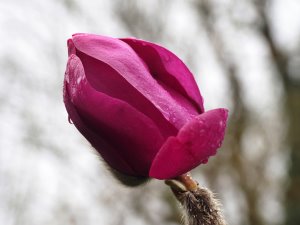


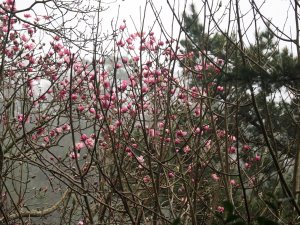
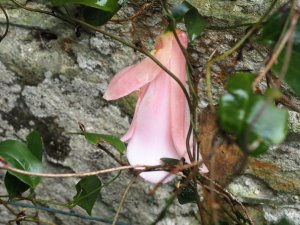
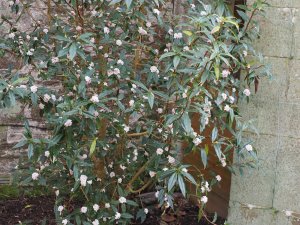
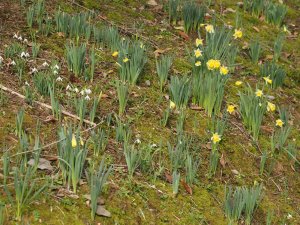
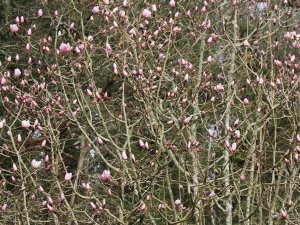
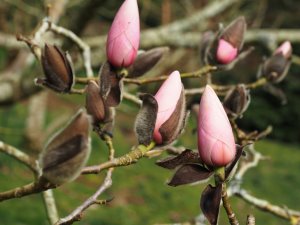

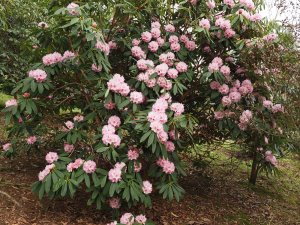
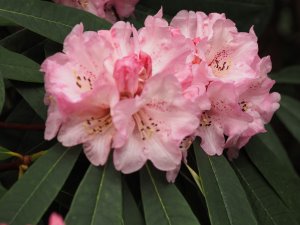
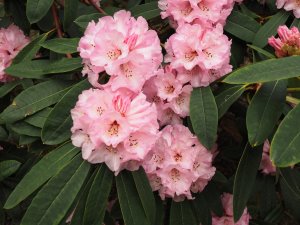
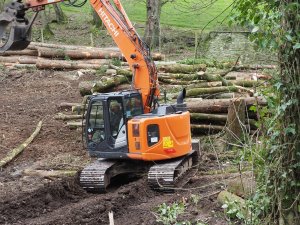
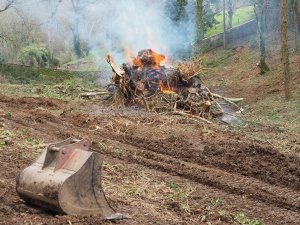
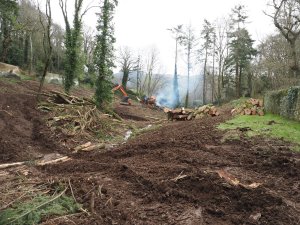
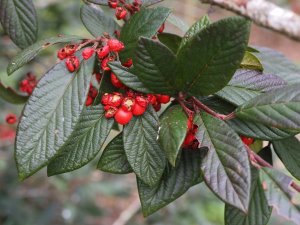
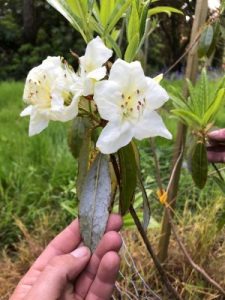
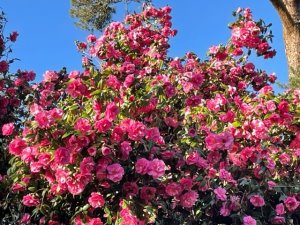
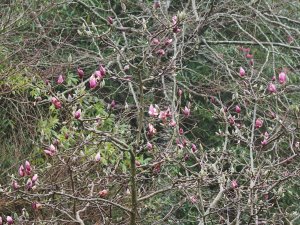
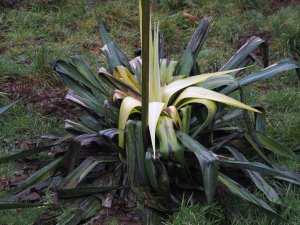
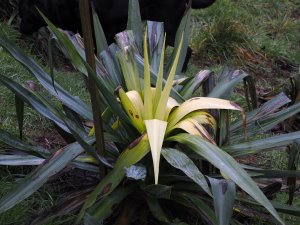
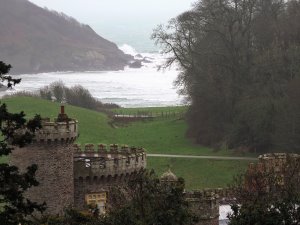
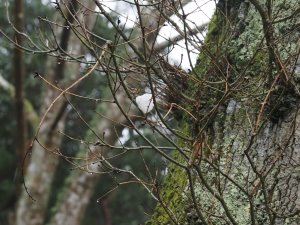
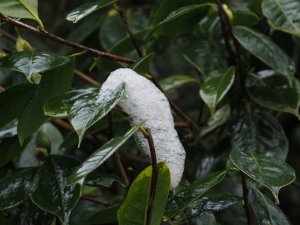
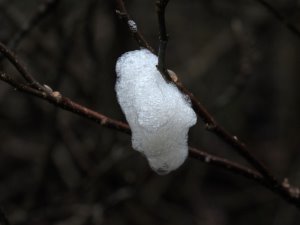
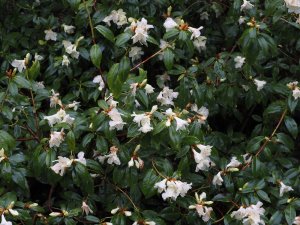
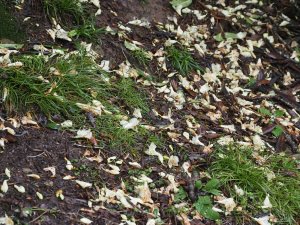
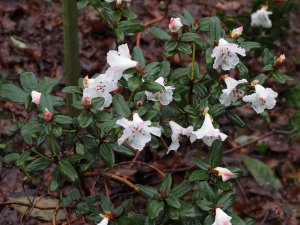
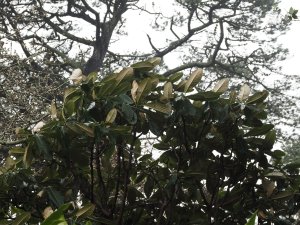
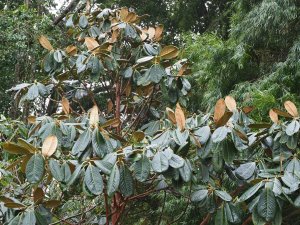
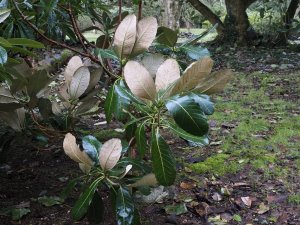
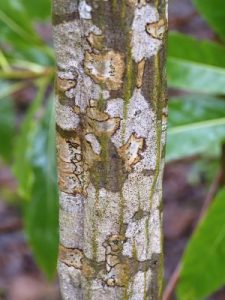
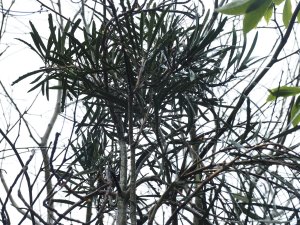
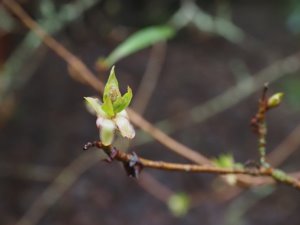
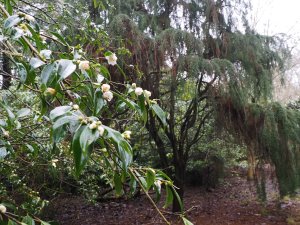
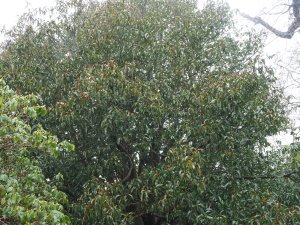
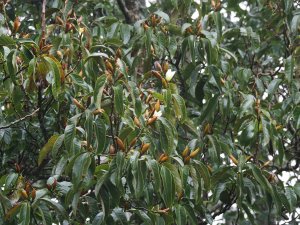
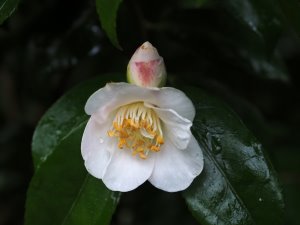
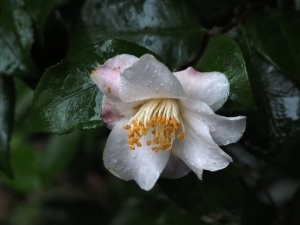
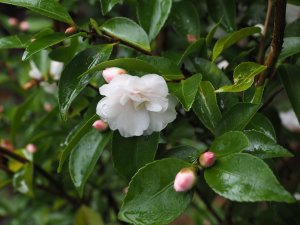
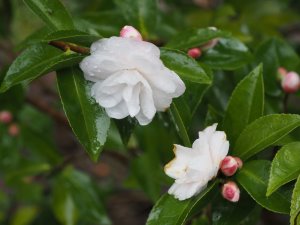
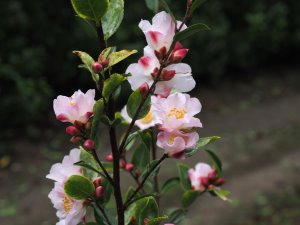
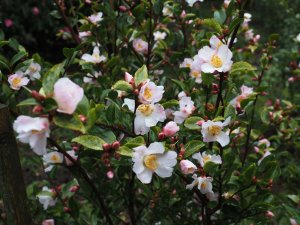
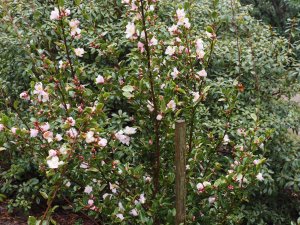
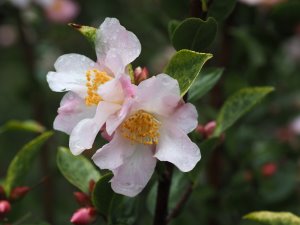
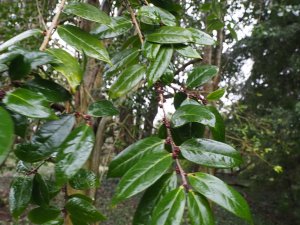
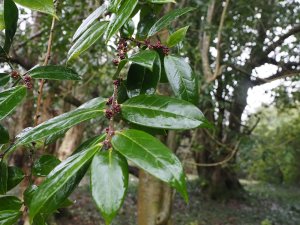
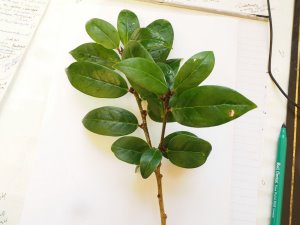
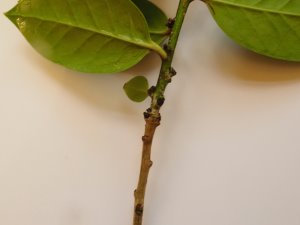
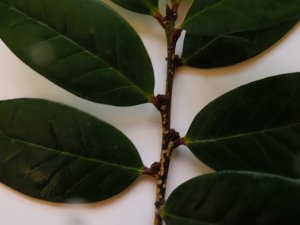
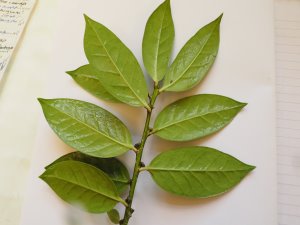
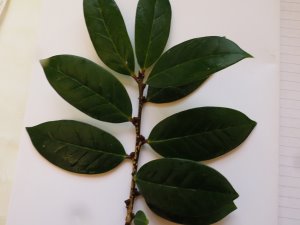
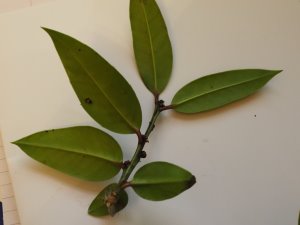
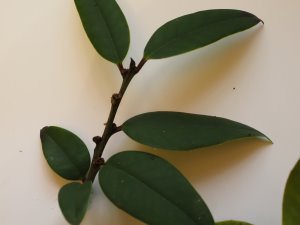
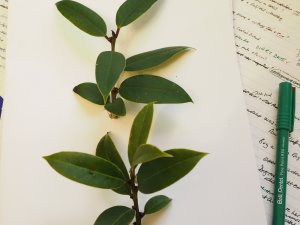
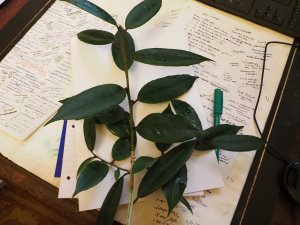
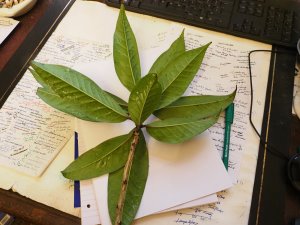
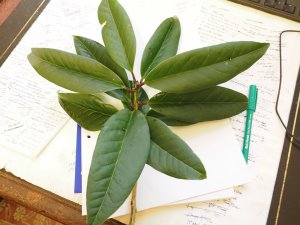

Could you make a YouTube vlog about the yellow magnolia campbellii if you have time?
Checkout our youtube channel we have featured several yellow magnolias on there.